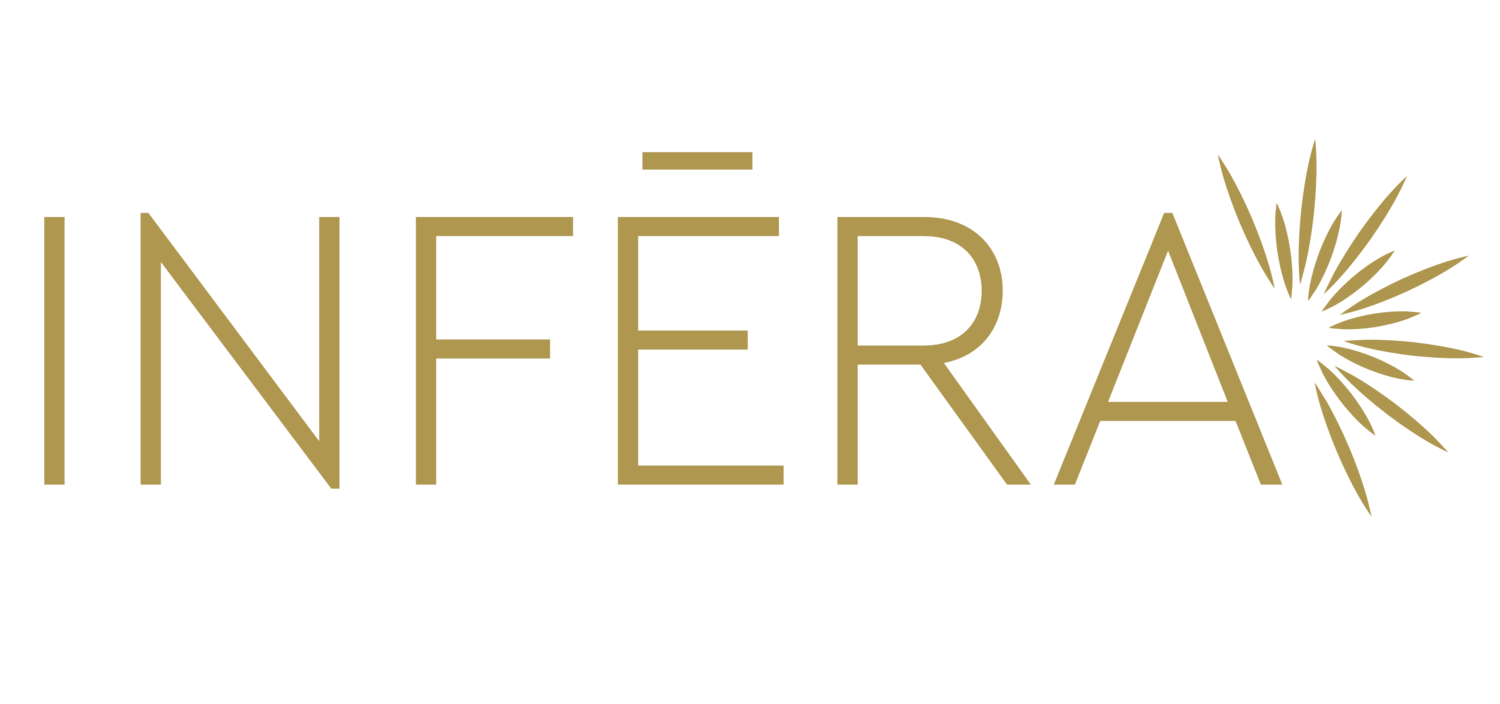
Scaring
Harnessing the Power of Blue and Infrared Light Therapy to Heal Scars
Scars are a natural part of the body's healing process, but they can cause concern for many people. Whether they are caused by surgery, accidents, acne, or other skin injuries, scars can affect not only our appearance but also our self-esteem. In this article, we will discuss the causes and symptoms of scars and how blue and infrared light therapy can help reduce their appearance and improve overall skin health.
Why Do We Develop Scars?
Scarring is the body's way of repairing and replacing damaged tissue. When an injury or wound penetrates the deeper layers of the skin, the body activates a complex healing process. This process includes inflammation, tissue regeneration, and collagen production. Collagen is the key structural protein responsible for providing strength and support to the skin. During the repair process, the body's natural response can sometimes result in an overproduction or uneven distribution of collagen, leading to the formation of scars.
Common Symptoms and Causes of Scars
Hypertrophic Scars: These scars are raised and red in appearance. They develop when the body produces excess collagen during the healing process. Hypertrophic scars are more common in individuals with a genetic predisposition and can be itchy and uncomfortable.
Atrophic Scars: These scars appear as indentations or depressions in the skin and are often associated with conditions like acne. Atrophic scars occur when there is a loss of tissue during the healing process.
Keloid Scars: Keloids are a type of raised scar that extends beyond the boundary of the original wound. They can be itchy and painful and are more common in darker-skinned people.
Surgical Scars: After surgeries, scars can develop depending on factors like the type of incision, the skill of the surgeon, and the body's natural healing process.
Burn Scars: Burns can cause a variety of scars, including contracture scars (tightening of the skin) and hypertrophic scars.
How Blue and Infrared Light Therapy Can Help
Blue and infrared light therapy has gained popularity for their versatility in addressing various skin concerns, including reducing scar appearance. These therapies work at the cellular level to promote healthier skin and encourage the body's natural healing processes. Here's how they can assist in scar reduction [1]
Reducing Inflammation: Both blue and infrared light have anti-inflammatory properties. Inflammation is a common response during the formation of scars, and by reducing it, these therapies help minimize the severity of scars.
Collagen Production: Infrared light therapy stimulates the production of new collagen, promoting a more balanced distribution of this essential protein during the healing process. This can help prevent the formation of raised, hypertrophic scars.
Cellular Regeneration: Infrared light therapy enhances the regeneration of skin cells, helping to replace damaged tissue with healthier skin. This is especially beneficial for atrophic scars, as it aids in building up the depressed areas.
Improved Blood Circulation: Both blue and infrared light therapies can enhance blood circulation to the treated area, ensuring that necessary nutrients and oxygen reach the scar site accelerating the healing process.
Pain Reduction: For scars that are painful or itchy, infrared light therapy can help alleviate discomfort and itching, leading to overall improved skin comfort.
Skincare Products for Scar Reduction
Choosing the right skincare products can make a substantial difference in reducing the appearance of scars [2]. Look for products that contain the following ingredients:
Vitamin C: Vitamin C is known for its ability to promote collagen production, making it an excellent choice for scar reduction. It also has antioxidant properties that protect the skin from damage.
Hyaluronic Acid: Hyaluronic acid is a powerful moisturizer that helps improve skin texture, reducing the appearance of scars over time.
Retinoids: Retinoids, like retinol, can enhance skin cell turnover, reducing the visibility of scars and improving skin texture.
Aloe Vera: Aloe vera is known for its soothing and healing properties. It can help reduce inflammation and provide relief to irritated skin.
Natural Oils: Some natural oils, such as rosehip and lavender, have been found to improve skin elasticity and minimize scar appearance.
Conclusion
Scars may be an inevitable part of our healing process, but they don't have to be permanent or unsightly. Blue and infrared light therapy offers a non-invasive and natural way to support the body's healing mechanisms, reducing inflammation, promoting collagen production, and encouraging cellular regeneration. By harnessing the power of these therapies, individuals can achieve not only improved skin appearance but also enhanced overall skin wellness. Whether it's for cosmetic, wellness, or health purposes, blue and infrared light therapy devices have the potential to help you on your journey to healthier, scar-free skin.
Related Products
-
[1] "Effect of low-level laser therapy on hair growth and other related parameters in patients with androgenetic alopecia: a randomized, double-blind, sham device-controlled multicenter trial." (Lasers in Medical Science, 2013).
[2] "The use of low-level light for hair growth: part I." (Journal of Cosmetic and Laser Therapy, 2014).
[3] "Low-level laser (light) therapy (LLLT) for treatment of hair loss." (Lasers in Surgical Medicine, 2014).








